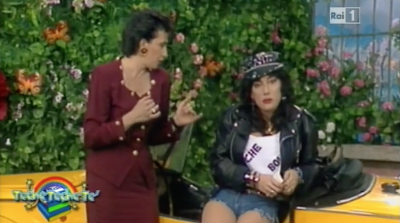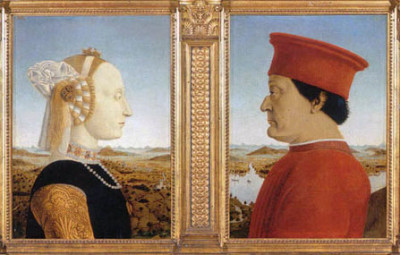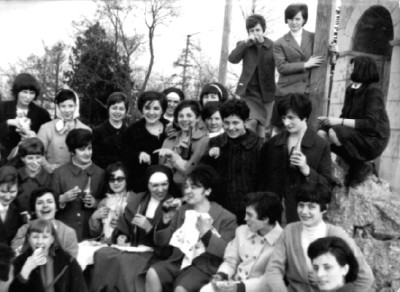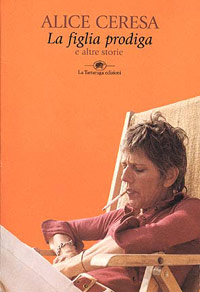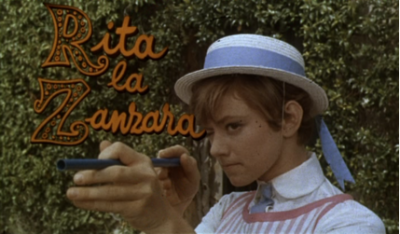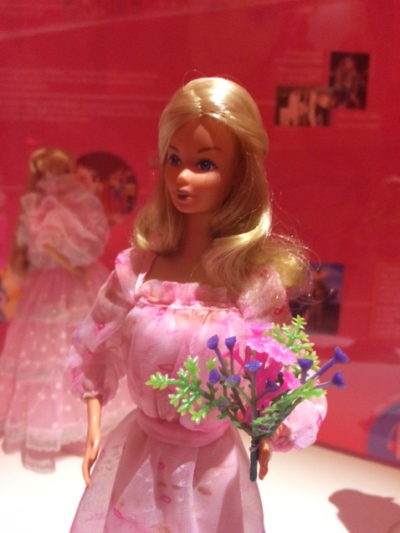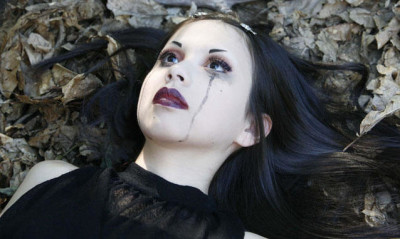Gender/sexuality/Italy 4 (2017) – Table of Contents
Table of Contents – Gender/sexuality/Italy, 4 (2017)
Nicoletta Marini-Maio, Journal Editor
Paola Bonifazio and Nicoletta Marini-Maio, Themed Section and Invited Perspectives Editors
Ellen Nerenberg, Open Contributions and Continuing Discussions Editor
Clarissa Clò and Laura Di Bianco, Reviews Editors
Erica Moretti, Managing Editor
Amanda Bush, Thera Dal Prà Iversen, Delphine Dall’Agata, Brian DeGrazia, Victor Xavier Zarour Zarzar
Themed Section: Girl Cultures in Italy from Early Modern to Late Capitalism.


